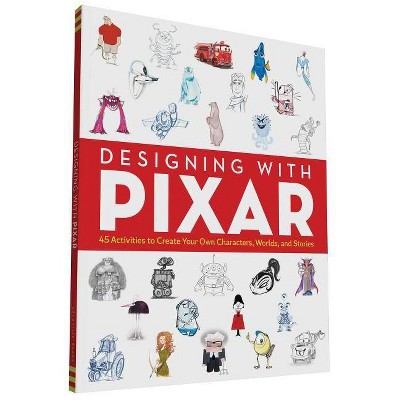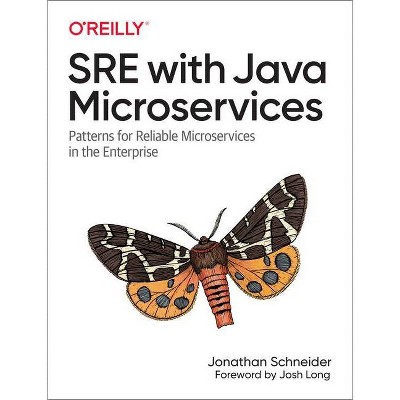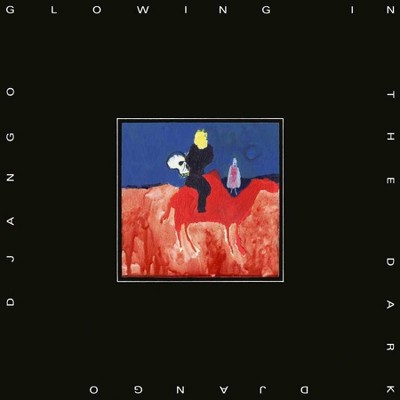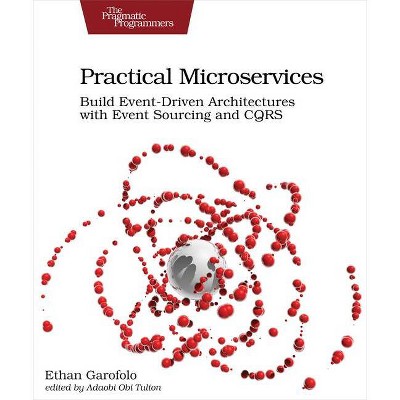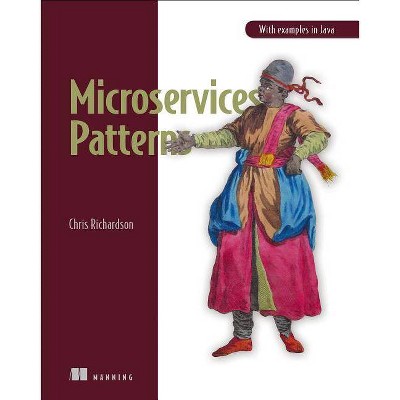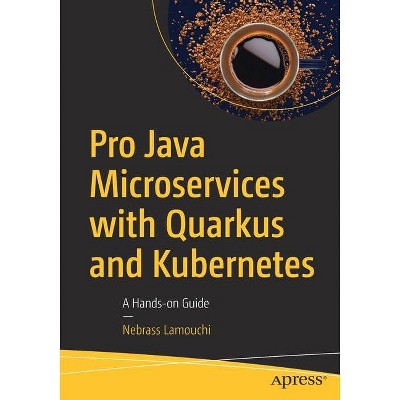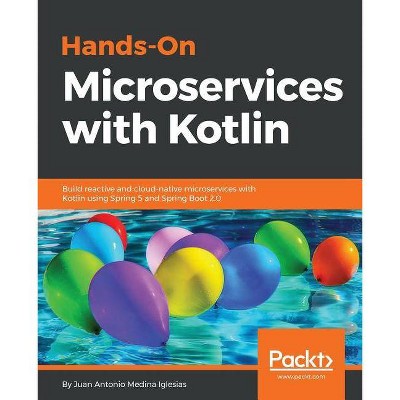Designing Microservices with Django - by Akos Hochrein (Paperback)
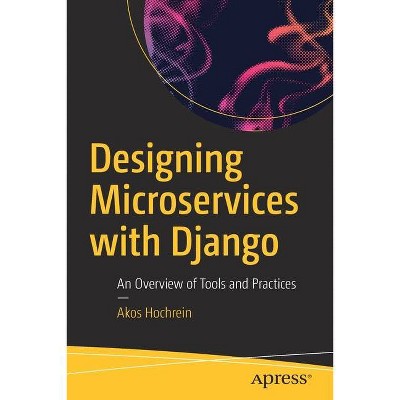
Similar Products
Products of same category from the store
AllProduct info
<p/><br></br><p><b> Book Synopsis </b></p></br></br><p>Explore microservices using the Python-based Django framework and review the benefits and drawbacks of them. This book will examine what microservices look like, how they talk to each other, and how they are crafted using the Python programming language and the Django web framework.</p><p>You'll start by understanding what the key differences are between microservices and monolithic architectures. The book then does a deep dive into how microservices are built and what common models have emerged in our industry. You'll also take an extensive look at communication and ownership patterns and examine methodologies to speed up your architecture evolution by writing less but more distributed code using the Python programming language and the Django web framework. </p><p>By the end of the book, you'll have a solid understanding of microservices architectures. Armed with a comprehensive and solid toolset, you can begin working toward systems that are more scalable, resilient, and maintainable. </p><p><b>What You'll Learn</b></p><p></p><ul><li>Understand the benefits and drawbacks of adopting microservices</li><li>Design systems and architecture for resiliency and distributed ownership</li><li>Work with tools for scaling distributed system both in technical and organizational dimensions</li><li>Examine the essentials of the Django web framework</li></ul><p/><br></br><p><b> From the Back Cover </b></p></br></br><p>Explore microservices using Python-based Django framework and review the benefits and drawbacks of them. This book will examine what microservices look like, how they talk to each other, and how they are crafted using the Python programming language and the Django web framework.</p><p>You'll start by understanding what the key differences are between microservices and monolithic architectures. The book then does a deep dive into how microservices are built and what common models have emerged in our industry. You'll also take an extensive look at communication and ownership patterns and examine methodologies to speed up your architecture evolution by writing less but more distributed code using the Python programming language and the Django web framework. </p><p>By the end, you'll have a solid understanding of microservices architectures. Armed with a comprehensive and solid toolset, you can begin working toward systems that are more scalable, resilient, and maintainable. </p><p><b>What You'll Learn</b></p><p></p><ul><li>Understand the benefits and drawbacks of adopting microservices</li><li>Design systems and architecture for resiliency and distributed ownership</li><li>Work with tools for scaling distributed system both in technical and organizational dimensions</li><li>Examine the essentials of the Django web framework</li></ul><br><p/><br></br><p><b> About the Author </b></p></br></br><p>Akos Hochrein is a software engineer and technical lead. After receiving his degree in computer science, he started his career as a consultant and soon became a product developer at a well-known Hungarian startup, later moving to Berlin to dive into the local tech scene and to broaden his backend architecture design experience. Throughout his career he worked in areas like frontend and backend development, integrations, data streaming and systems design. Occasionally, he shares his knowledge on various forums, such as technical conferences, his blog ... or a book.</p>
Price History
Price Archive shows prices from various stores, lets you see history and find the cheapest. There is no actual sale on the website. For all support, inquiry and suggestion messagescommunication@pricearchive.us
